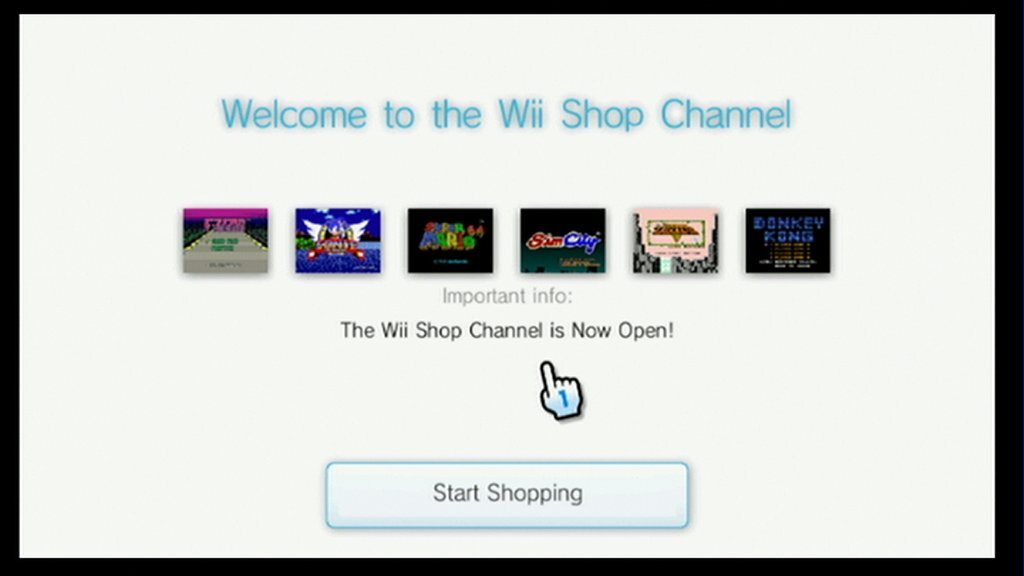## Tired of Waiting for Nintendo to Catch Up? You’re Not Alone.
For years, Nintendo fans have scratched their heads, wondering why their beloved classics languished in digital limbo. While other companies pumped out retro collections left and right, Nintendo’s drip-feed of SNES, NES, and N64 titles felt more like a tease than a treat.

The Benefits of a Slow Burn Approach
Curated Experiences
Nintendo’s deliberate release schedule allows for a more focused marketing approach, building anticipation and excitement around each individual title. This “drip-feed” strategy cultivates a sense of discovery, as players eagerly await the arrival of their favorite classics. Rather than overwhelming the market with a deluge of retro games, Nintendo can carefully select and highlight specific titles, tailoring marketing campaigns to each individual release. This personalized approach can lead to a more impactful and engaging experience for players, fostering deeper appreciation for each game.
Preserving the Classics
Nintendo’s meticulous approach to releasing retro titles extends beyond mere marketing. The company’s commitment to preserving these older games is evident in the care taken during the porting process. By meticulously recreating the original gameplay experience while ensuring compatibility with modern hardware, Nintendo ensures that these classic titles remain accessible and playable for generations to come. This dedication to preservation not only benefits gamers but also contributes to the historical significance of these influential games.
Maintaining Hype and Interest
The slow release cadence can be a powerful tool for sustaining player interest and excitement over time. By strategically spacing out the arrival of new titles, Nintendo can keep the conversation around retro gaming alive and prevent fatigue. This ongoing anticipation creates a sense of community among fans, who eagerly await each new addition to the growing library. The drip-feed strategy allows Nintendo to maintain a steady flow of content, keeping players engaged and invested in the retro gaming ecosystem.
Gaming Beyond Nostalgia: The Future of Retro
The Value of Modern Enhancements
While preserving the original essence of classic games is paramount, incorporating modern enhancements can breathe new life into these timeless experiences. Features like online play, improved graphics, and quality-of-life improvements can significantly enhance the gameplay and accessibility of retro titles. Online multiplayer functionality, for example, allows players to connect with others and experience these games in a whole new way, fostering a sense of community and competition. Modern graphical enhancements can breathe new life into older visuals, making them more visually appealing to contemporary audiences.
The Importance of Accessibility
A steady release schedule can make older games more readily available to new generations of players. By gradually introducing these classics to a wider audience, Nintendo can ensure that these influential titles are not lost to time. This ongoing influx of new players can revitalize the retro gaming scene, fostering a fresh appreciation for these timeless experiences. Furthermore, a gradual release schedule allows Nintendo to carefully curate and select titles, ensuring that the most impactful and relevant games reach a wider audience.
The Evolving Role of Retro Gaming
Retro gaming is no longer a niche hobby; it has become a significant part of the modern gaming landscape. The resurgence of interest in classic games is a testament to their enduring appeal and timeless gameplay. The growing significance of retro gaming has a profound impact on future game development, as developers draw inspiration from these influential titles. The success of retro remakes and reimaginings demonstrates the enduring power of classic gameplay mechanics and storytelling.
Conclusion
So, there you have it. The slow, deliberate drip-feed of classic Nintendo games onto modern platforms, a practice that always seemed frustratingly paced, finally starts to make sense. GameSpot’s article lays bare the strategic brilliance behind Nintendo’s approach, highlighting how it carefully cultivates nostalgia while simultaneously nurturing a vibrant community of dedicated players. The focus on quality over quantity, the deliberate selection of titles, and the constant engagement through limited-time offerings – these aren’t just marketing ploys, they are carefully orchestrated moves designed to maximize both hype and profitability.
This realization has significant implications for the future of retro gaming. Nintendo, with its vast library of beloved titles, is in a unique position to shape the landscape. Expect them to continue this measured rollout, strategically selecting titles that resonate with specific demographics and leveraging nostalgia to drive engagement. This approach also sets a precedent for other companies, showing that a slow, controlled release can be more effective than an overwhelming flood of content. It’s a lesson in patience, in understanding the power of scarcity, and in the enduring magic of carefully curated nostalgia.
Ultimately, while we may grumble about the wait, Nintendo’s strategy reminds us that sometimes, the greatest joys are savored slowly, one carefully chosen bite at a time.